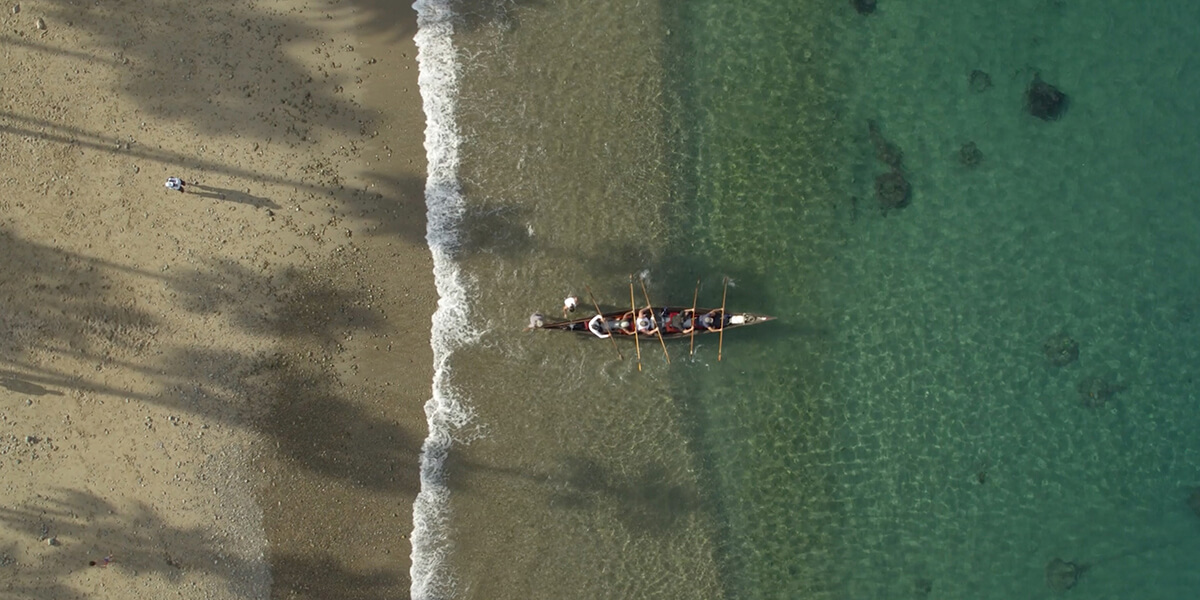
KCET-CHANNEL 28 (BURBANK) -- Paige Bardolph is the director of the Global Museum at San Francisco State University, where she also teaches graduate courses in Museum Studies. She recently worked with graduate students to curate an exhibition on the impacts of climate change on indigenous communities. She was formally an associate curator at the Autry Museum of the American West and lead curator of the California Continued exhibit. She has also held positions at the Natural History Museum of Los Angeles County and the California Academy of Sciences. Bardolph wrote this piece for KCET as part of its series “Tending Nature.”
“As someone who was born and raised in California, I’ve been thinking a lot lately about the uniqueness of our state — not only the beauty and ecological diversity, but also the fragility,” Bardolph wrote. “In the week leading up to the airing of this new season, catastrophic fires are raging in both Northern and Southern California, reminding us that we all need to become more aware of our relationships with the environment. As we look to the future of living sustainably in this fragile state (both California, and our state of being), ‘Tending Nature’ raises awareness of the importance of indigenous voices in environmental thinking as much needed voice in the dialogue.
“In a recent conversation with a professor of environmental studies at San Francisco State University, we discussed the necessity of incorporating indigenous knowledge in the teaching of environmental science as a discipline. While this information may not yet exist in standardized textbooks, it is essential to acknowledge the value of knowledge gleaned from communities whose ancestors have lived in their local environments for thousands of years, forming relationships with plants, wildlife and waterways and passing down land management techniques and stewardship efforts for generations. It is important to acknowledge the indigenous presence of the original inhabitants of the places where we live, work and frequent.”